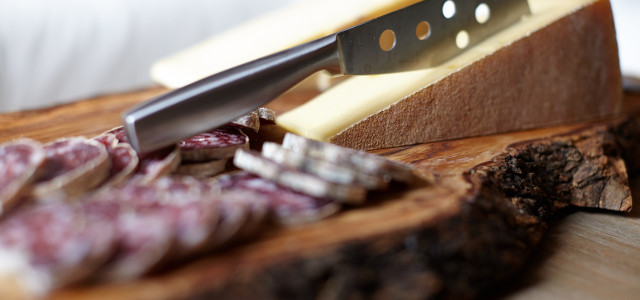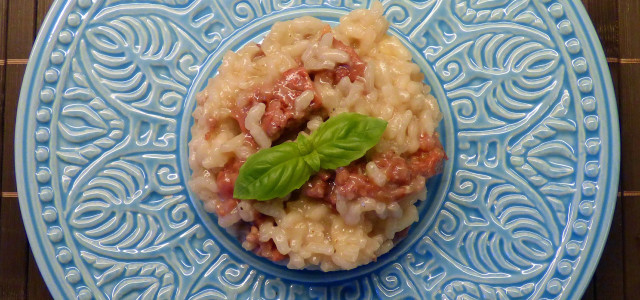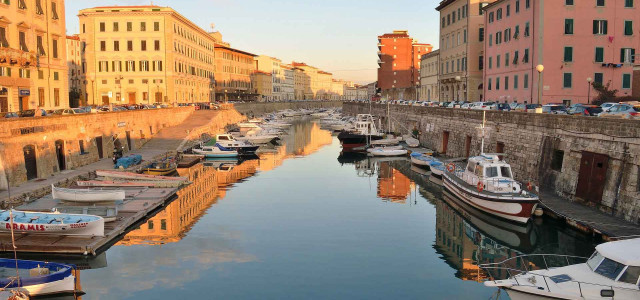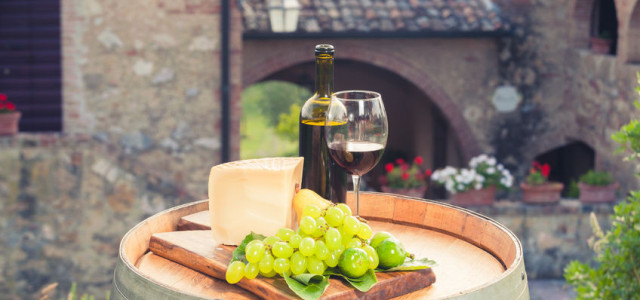Nocino, a cross between magic and superstition
It is a treasure made of unripe nuts. Traditionally, they must be harvested on the night between the 23rd and 24th of June on the night that is dedicated to St. John the Baptist...
Summary
During the shortest night of the year - which marks the victory of the sun over darkness and the maximum vitality for plants - it is said that "strange things" happen. Shakespeare reminds us of this in "A Midsummer Night's Dream".
A night of propitiatory rites, initiation ceremonies, and Celtic fires go hand in hand with what is natural and often confused with the supernatural. It is the night when the witches gather under the big Benevento walnut tree to play their sabbath, flying around on their broomsticks - whose handle was made with walnut wood – and sing: "Under the rain and under the wind that are under the walnut tree in Benevento”
But let's start from the beginning...
It all began back in 665 AD when the Great Walnut Tree of Benevento, which according to the tale marked the conjunction between earth and sky and of the natural and the supernatural on the whole, was razed to the ground at the behest of Bishop Barbato.
This religious man was accompanied by a multitude of people and had his roots deeply eradicated. Supposedly, there was a demon was involved which the Bishop defeated with the help of holy water. This failed to make the place where the tree had grown pure, and which killed all the plants that were around it with its long roots. Since then, they began to use the herbs of San Giovanni to protect the wickedness of witches in many regions of Italy. Among these, in particular, is hypericum (always used for oleolites and other preparations).
The herbs performed various functions and were used in rituals to increase women's fertility and the abundance of crops. To improve health and fertility, water was prepared from San Giovanni and was left outdoors at night just between the 23rd and 24th. The plants that were put into the water vary from place to place, but there was certainly hypericum, lavender (spikelet of S. Giovanni), rue and rosemary.
Behind the windows and doors branches of rosemary, juniper, olive, laurel, fig and walnut were woven together, or a jar of salt was placed with a broom. The witches would have to count the salt or the broom threads to enter. The broomcorn was considered a potent herb throughout Europe because it was the first plant said to be trampled by Jesus...
It is said that when the Romans invaded Britain they encountered a strange population. A people that during the night between the 23rd and the 24th of June - the night of the summer solstice - used to drink a strange concoction made with unripe nuts, fermented fruit and honey. A concoction that was ingestedby the Picts (as the population was called) during rituals that had the power to make them particularly euphoric.
Crossing the Maritime Alps, the alcoholic beverage would then arrive first to Liguria and then to Emilia Romagna - in particular to the Modena area: it is not a coincidence that this location has always been the area of choice for nocino, whose production and quality standards are now guaranteed and certified by the Order of the Modenese Nocino.
An ancient tale also recounts that the dew (guazza) formed on the night between the 23rd and the 24th of June is a panacea for every evil, especially for digestive system problems and for gastro-intestinal disorders. This nutty liquor is considered an excellent remedy for these issues. The harvest is carried out when the maturation is not yet complete, and the husk (that is the external covering of the fruit) is green and tender.
A second belief
In Italy, the production of nocino is also linked to another rite that involves the hand-picking of thegreen walnuts by a barefoot virgin. The woman must gather only the best walnuts without damaging the husk during the operation. The walnuts, gathered - according to pagan derivative beliefs – shold therefore be so soft as to be able to be penetrated from side to side with a needle. They are then left outdoors so that the night dew can infuse them for the next day in order to finish the preparation for the eve of All Saints, or during the night of October 31st. In this way, the liquor can be consumed on Christmas Eve.
A chain of unparalleled magical days
Nocino: a highly digestive liquor
Regardless of the superstition, the walnuts are harvested in this period because they contain their maximum fragrance and the kernel is still soft which is contained in a shell that has a jelly-like consistency. It takes its named from the Neapolitan dialect Nocillo.
This liquor is rich in tannins which are antioxidant polyphenolic compounds present in plant extracts that facilitate digestion and exterminate parasites and bacteria. It contain a lot of of sugar, and therefore it is caloric. Nocillo should be consumed moderately. It is excellent when enjoyed smooth, at a temperature between 16-18 ° C, or served on ice creams and accompanied by different types of cheese.
Nocino from san Giovanni: the traditional recipe
Ingredients
- 24 green walnuts with their husks
- 1.5 liters of alcohol (95%)
- 1 cinnamon stick
- 500 grams of granulated sugar
- 10 cloves
- lemon peel
- 10 coffee beans
Preparing the Nocino from San Giovanni
Cut the green walnuts into pieces and place them in a large glass jar with the alcohol 95%, the cinnamon stick, cloves, lemon zest, coffee beans and the sugar. Close the container with an airtight cap and expose the San Giovanni walnut to the sun for forty days, remembering to shake it from time to time and to enter it at night. After forty days, filter the nocino with the help of a narrow mesh sieve and place it in a bottle, leaving it to rest for a minimum of 4 months and a maximum of 12 before being able to taste it.
![Immagine descrittiva - BY [ALFREDO COSENTINO/123rf] Immagine descrittiva - BY [ALFREDO COSENTINO/123rf]](https://api.viaggiart.com/resources/images/xl/list/image/171210-a6b08c98c8c9af59dda139f4aaa97c4a-1560963014.jpg)






